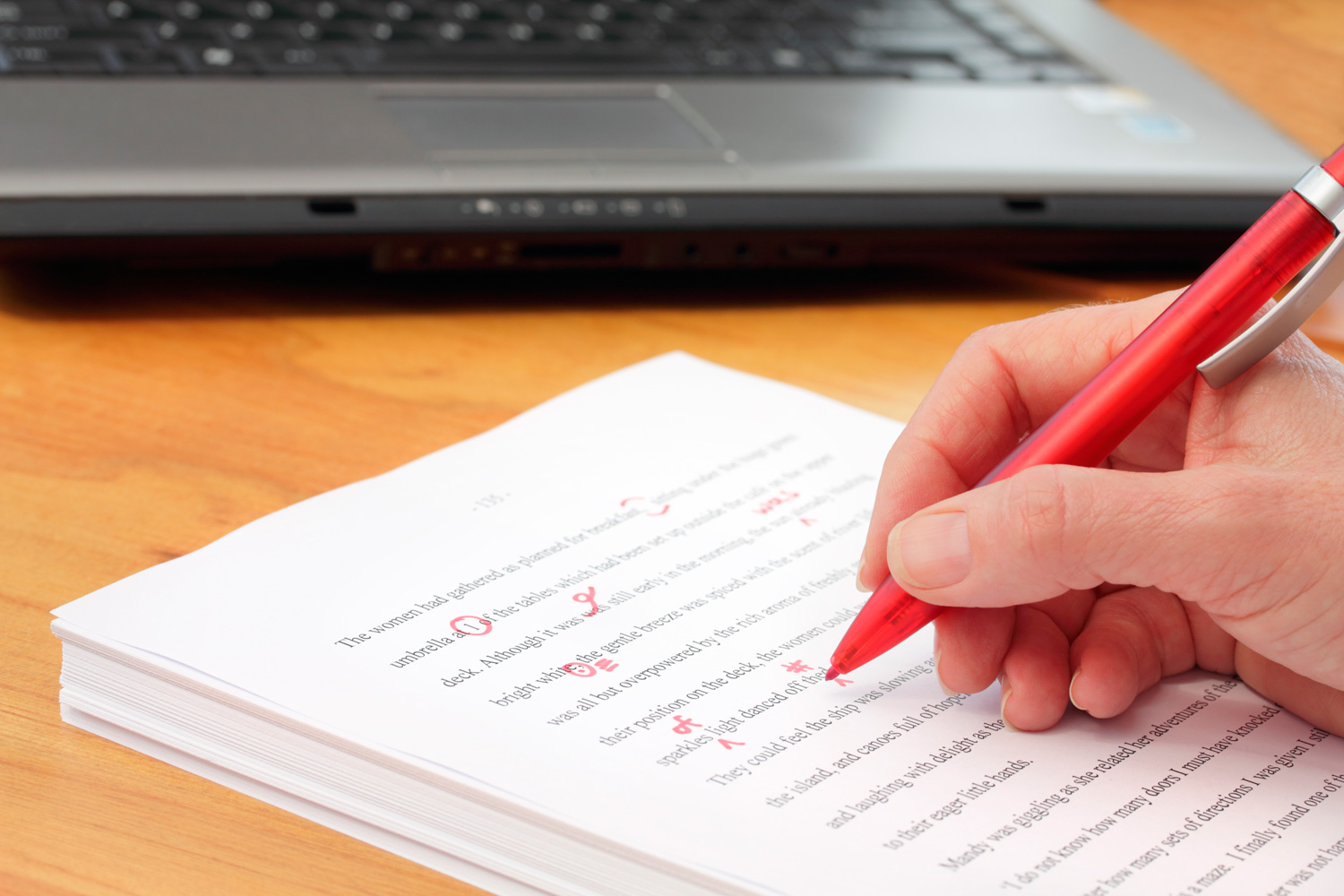
One of the most important parts of writing for an audience is the editing. If you’re composing something just for yourself, who cares if anyone else can make sense of it? But if you want your work to be appreciated by others, you first need to make sure it’s comprehensible.
You can never beat working with a professional editor, but even writers who have that option would still do well to develop their self-editing skills. When you have a story to tell, you want to be able to pick and choose what is left up for interpretation, so even before sending it to your editor your work should be as final possible.
In the past we’ve taken a look at some ways you can become a better self-editor, and these new tips will help you to improve upon that base skill set.
Think Like a Reporter
Look for the “who, what, where, when and why” in your writing to see if your narrative structure is clear. Even if you aren’t telling a linear story, identifying these five elements will help make sure you haven’t left out any pieces of information that are vital to understanding the plot.
One Thing at a Time
Edit one element at a time. If you try to fact-check at the same time you are looking for grammar and spelling issues, you’re bound to miss things. The jack of all trades is master of none, after all. You can’t expect yourself to do a successful job on one thing if you are tackling other problems at the same time.
Question the “Rules”
The spellcheck program on your computer can be a helpful guide when it comes to double-checking what you’ve written. But its authority should end there. If you see a red or a blue squiggly line, take a look at the problem word or sentence but never blindly accept the suggestion. There are limits to what the installed dictionary will understand, and your computer definitely won’t pick up on subtle wordplay or artistic license.
Read Backwards
By now, most of us are familiar with the Cambridge University example of how your brain automatically unscrambles words as you read. And if your brain can figure out what someone else meant in a misspelled word, you can be sure it will definitely scan right past your own mistakes. Outsmart your own cleverness by reading your text backwards. Obviously this won’t help with overall comprehension and sentence logic, but it will point out misspelled words that you may otherwise have mentally corrected and moved past.
As you can see, the biggest part of self-editing is to remove your writing cap and put on your editing one. That means tackling your own writing as you would edit someone else’s – remove any emotional attachment and take it one step at a time.
What tips have helped you become a better self-editor?
About Paperblanks: 25 years ago, we created Paperblanks to help keep book heritage alive and vital in our modern age, and to offer an inspiring space for people to express themselves. Thanks for joining us on this journey! For more about Paperblanks, go to our website at paperblanks.com.





Time! All good things must mature, like cheese, meat, wine, soap and books. I leave a finished manuscript fermenting for at least 3 months, better is 6 months, or several weeks for a short story, article or essay. Work on something entirely different and have breaks in the meantime. Not easy with all the pressure and impatience out there, but so worth it. One’s own writing will look fresh and strange, as if written by someone else, and will be way easier to edit.
No multitasking! Never begin editing while still writing, never write while editing, just take notes on what you plan to add later in case something is missing. Writing and editing shouldn’t happen on the same day, not even with a break in between.
Write out first drafts entirely in longhand! I write in a notebook for weeks on end before I go about copy-typing a few chapters into the computer, which will be automatically a first editing round. No distraction, no seemingly “urgent” stuff coming in, deeper and slower thinking, no research while writing, less tiring physically and mentally. Go back to notebooks if you have to rewrite longer passages after editing. — Thank you Paperblanks for such great notebooks! Life is so much better since I use them.
Ergonomy tips for copy-typing from a notebook: use those with elastic instead of magnetic closures, as the flaps get into the way (alas, I love these too, so I use them anyway, but rather for research and outlining, all things I don’t need to put on screen later). Write upside down on the page that will be farther away from the computer, so you can flip the notebook around instead of distorting your neck while typing.
Hi Ursula,
Thank you for such a thoughtful reply! Leaving your draft for a few months is an excellent tip. Whether it matured well with age (like a fine wine) or comes off as a bit of a stinker (like some cheese), at least you’ve had the benefit of the added perspective that comes from distance and time.
And your suggestions for transcribing your rough notes to the computer are great! We never thought about how the different journal closures would play a role, but we’re glad you found a Paperblanks journal that fits your writing style. We’ll have to try out the “upside down” writing, too 🙂
Best,
The Paperblanks Team
Thanks, Paperblanks Team!
Taking time is such a no-brainer indeed that I hesitated even to mention it. But since the internet, people tend to forget that almost nothing is really urgent. Oh, and never underestimate stinking cheese, we have different noses here in Switzerland. Maybe it’s the same with salmon in Canada?, but I don’t know about that.
I certainly found more than one Paperblanks journal, lol – I’m using 14 of them simultaneously at the moment (plus some from other brands, I admit), and have quite a few empty ones waiting in the pipeline. Love them all! I want to break into tears whenever I get to the last page, because it’s suddenly no longer a daily companion… But still beautiful anyway.
Have fun with writing upside down. Cheers, Ursula